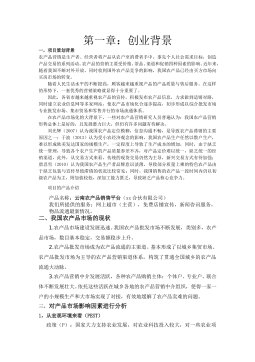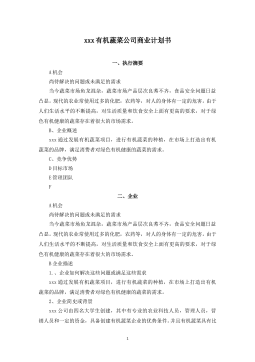铁路信号设备防雷集中监测系统的研究与设计
摘要在自然灾害中,雷电引起的灾害是世界上十大自然灾害之一[1]。随着经济社会和科学技术的发展,雷电灾害造成的经济损失和危害程度越来越严重,全世界每年因雷击造成的经济损失达10亿美元以上。铁路运输作为我国主要的长途交通工具,保证其安全运营的意义尤为重要,随着铁路防雷工作的开展,对防雷模块的安全性能需要实时检测。防雷模块一旦失效,防雷工程如同虚设,后果不堪设想。对于铁路系统来说,信号设备规模较大,防雷模块数目众多,当有防雷器损坏时,只能单个指示自身好坏,且需要工作人员在现场仔细检查才能发现,排查故障困难繁琐,更重要的是反映不及时。因此只靠防雷器本身的自我监测不能满足目前铁路安全运行的需要。为解决上...
相关推荐
-
10KV电网D-SCADA 系统信息采集与故障诊断研究与设计VIP免费

 2024-10-14 25
2024-10-14 25 -
方形吸顶散流器平送风等温射流特性研究VIP免费

 2025-01-09 7
2025-01-09 7 -
关于充液声导波传感器中频散兰姆波的研究VIP免费

 2025-01-09 10
2025-01-09 10 -
结合梁斜拉桥施工过程中考虑剪力滞影响的分析方法VIP免费

 2025-01-09 6
2025-01-09 6 -
空调房间热舒适性的数值模拟与实验研究VIP免费

 2025-01-09 7
2025-01-09 7 -
汽车前轮线控转向系统研究VIP免费

 2025-01-09 8
2025-01-09 8 -
输入分配型混合动力车辆动力系统控制策略研究VIP免费

 2025-01-09 7
2025-01-09 7 -
双馈风力发电系统的柔性并网控制研VIP免费

 2025-01-09 9
2025-01-09 9 -
污水处理厂污泥好氧堆肥发酵技术的试验研究VIP免费

 2025-01-09 7
2025-01-09 7 -
应用风室试验装置的风机性能VIP免费

 2025-01-09 8
2025-01-09 8
相关内容
-

汽车前轮线控转向系统研究
分类:高等教育资料
时间:2025-01-09
标签:无
格式:PDF
价格:15 积分
-

输入分配型混合动力车辆动力系统控制策略研究
分类:高等教育资料
时间:2025-01-09
标签:无
格式:PDF
价格:15 积分
-

双馈风力发电系统的柔性并网控制研
分类:高等教育资料
时间:2025-01-09
标签:无
格式:PDF
价格:15 积分
-

污水处理厂污泥好氧堆肥发酵技术的试验研究
分类:高等教育资料
时间:2025-01-09
标签:无
格式:PDF
价格:15 积分
-

应用风室试验装置的风机性能
分类:高等教育资料
时间:2025-01-09
标签:无
格式:PDF
价格:15 积分






